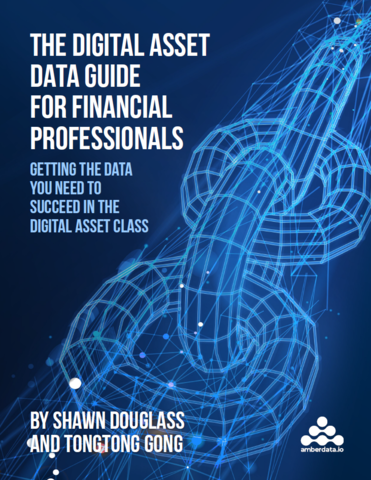AI is the future: how can we successfully invest in it?

In a time of investment hype around generative AI, with many companies being overvalued and overinvested, Rosanne Kincaid-Smith at Northern Data provides some realistic advice about smart investments in the sector
AI is dominating the rhetoric of investors, business executives, and the media – everyone wants to use, invest in, or acquire this technology. AI startups attracted one out of every three dollars invested in the US last year and, in the current febrile environment, seed stage companies can raise $100m on the basis of a hand waving AI pitch deck.
Goldman Sachs Research estimates AI investment could approach $100bn in the US and $200bn globally by 2025. Microsoft’s $10bn investment into startup OpenAI back in January 2023 will be well and truly dwarfed by Sam Altman’s latest ambition to raise $7trn in a bid to challenge Nvidia in the semiconductor industry.
There has been much talk of the “fourth industrial revolution” and now it’s clear that AI is playing a leading role – without AI-popular stocks, S&P 500 would’ve been down two per cent in 2023. In this new era of unprecedented investment and hype swirling around generative AI and large language models (LLMs), some see the market’s evolution as eerily reminiscent of the late 1990s ‘dot com bubble’.
Echoing investment patterns from back then, many AI companies are being overvalued and overinvested before bringing a viable or profitable product to market. Even if the AI industry is not a bubble yet, a correction is inevitable – not only for startups working on training LLMs, but for all the companies desperately trying to incorporate AI into their business models like some ‘secret sauce’ of success. An AI-based business model does not guarantee it’s a successful one.
Jefferies analyst Brent Thrill summed up the current investor mood: “The hype is here, the revenue is not”. “Behind the scenes, the whole industry is scrambling to figure out the business model [for generative AI]: how are we going to price it? How are we going to sell it?”.
However, as original funding from the fundraising rally of 2022 runs dry, the next year or so will see the number of AI startups decrease, either by failing or through consolidation – only those with genuinely valuable products will be left standing by themselves. So, how do you cut through the hype to invest in a truly profitable company?
To avoid succumbing to the same fever that caught those back in the dot com era, investors need to be even more eagle-eyed at spotting a business plan that is prepared for the industry’s ebbs and flows, has solid technical foundations and has planned out a pathway for sustained growth.
Ultimately, those trying to disrupt an existing market through the application of AI need to grab market share quickly and as far as possible, protect their idea. Those companies that achieve this may find themselves courted by big tech, and those who don’t will soon lose all advantage if it’s easily copied and doesn’t attract a loyal customer base.
For the companies not trying to capture share in an existing market, but to create a new one, success is arguably an even greater challenge. Does the market actually exist? How long will it take to establish? If they show it exists early, how quickly can you scale?
As many companies become increasingly able to acquire the technology – Nvidia is tripling production of its H100 GPUs in 2024 – do new entrants have the infrastructure to run the hardware, develop their solutions at pace and beat the competition? Many forget the necessary data centre and cloud infrastructure, along with the energy to power them, can take up to five years to develop. Only those who can access both the technology and infrastructure to run it should be taken seriously.
All these considerations are in addition to the usual challenges startups face, such as having sufficient working capital to stay afloat during the development phase.
The bottom line is, yes, AI is the future. But to successfully invest in this vast opportunity means selecting companies with technical know-how, market understanding, and whilst more ‘picks and shovels’ in its nature, access to the vital infrastructure needed to power this revolution.
Just as we are becoming ever-aware of AI-generated fake news, investors need to understand that the AI-label is not a one-way ticket to profit – but if you do pick correctly, the upside will be staggering.
Rosanne Kincaid-Smith is Group COO at Northern Data
Main image courtesy of iStockPhoto.com and Andrey Suslov

Business Reporter Team
Most Viewed
23-29 Hendon Lane, London, N3 1RT
23-29 Hendon Lane, London, N3 1RT
020 8349 4363
© 2024, Lyonsdown Limited. Business Reporter® is a registered trademark of Lyonsdown Ltd. VAT registration number: 830519543





